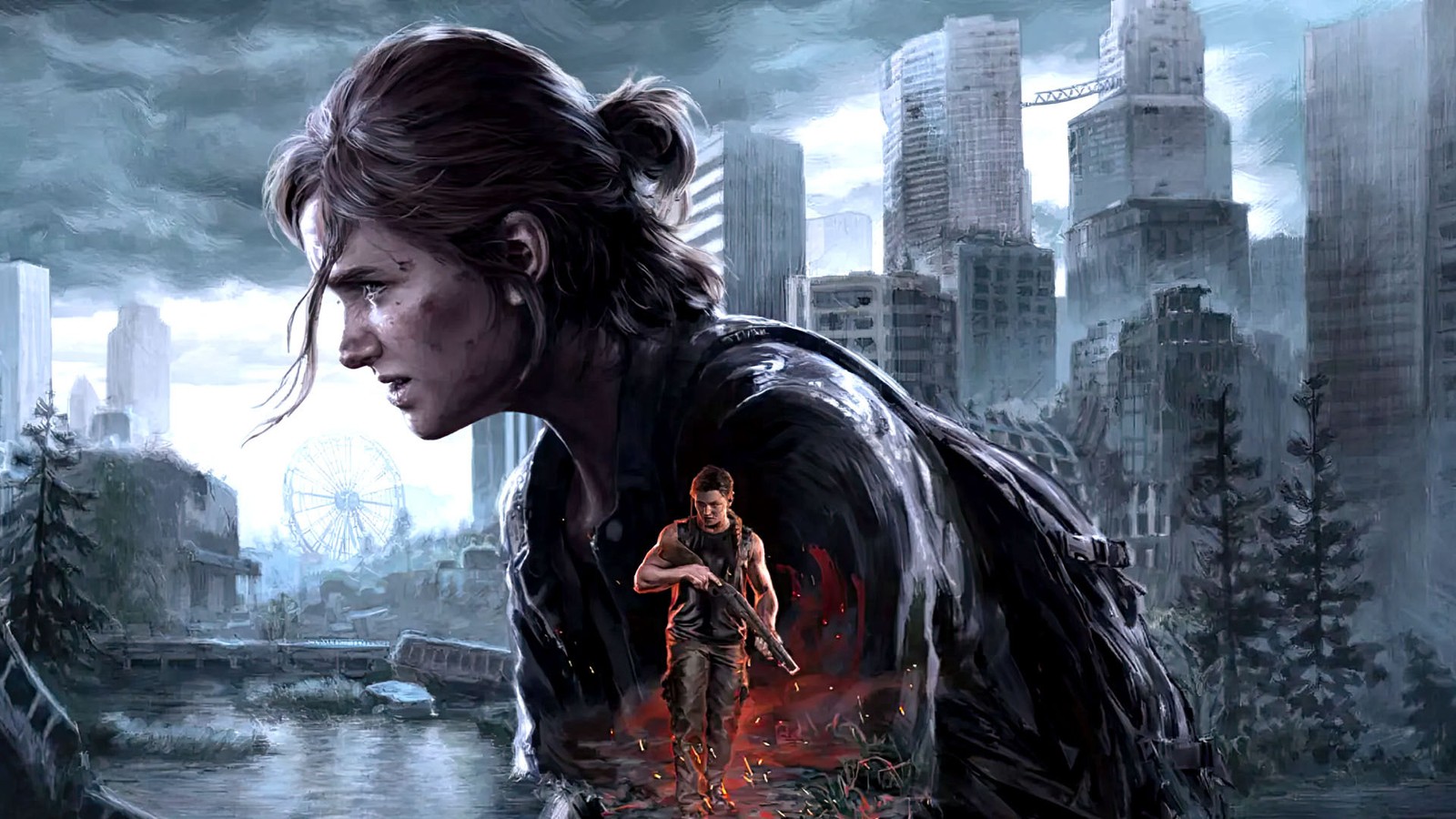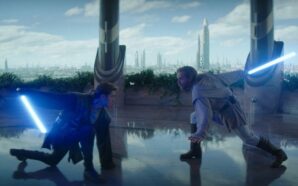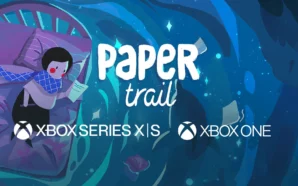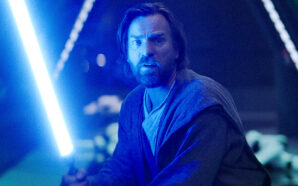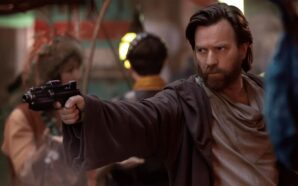The following article contains spoilers for The Last of Us Part II and therefore spoilers for future seasons of the HBO television series.
The first season of HBO’s The Last of Us was a revelation. A great adaptation of a video game, transformed into a prestige television drama worthy of accolades. But it’s also going to look like a walk in the park compared to what’s coming. The Last of Us Part II is a different beast entirely. It’s no episodic linear road trip. It’s a far more emotionally and structurally complex narrative capable of reaching higher peaks or come crashing down in failure if handled incorrectly. Writers Craig Mazin and Neil Druckmann have already said the game will take multiple seasons to adapt. I’m guessing that means two seasons, given the much larger second game is split down the middle, but perhaps translating the game to a different medium could require an entirely new structure.
The first season began with an impromptu extended season premiere: the first two episodes edited together late in the process, which I think was a wise call. I’m expecting a similarly lengthy premiere for the second season, although this time intentionally. Joel’s death (I warned you about spoilers) is the impetus for everything that follows in this story. It needs to happen in the premiere, but there’s still some build up that needs to be executed first. A setting of the stage of Jackson and all the character relationships after the four-year time-jump between seasons. Or perhaps the show could shift a lot of the Jackson storytelling into a second episode, the characters reacting to Joel’s death for longer before setting out to Seattle.
I love the second game and the only real significant issue I have with it is the pacing in some areas. That’s the kind of the thing the show can tighten up. It’s a drama with genre flourishes, not an action show like the game has to be an action game. The Last of Us Part II tells an intricate narrative with deep themes but there’s no shying away from its nature as a video game. Characters still point to a landmark in distance and then you work your way there while killing hundreds of enemies. Don’t get me wrong, it utilises the action for storytelling purposes, like to show how dark Ellie has become, to humanise the NPCs (“oh God, they got Judy!”), and to comment on the violence. The show still needs elements of this, but, like the first season, they can be trimmed down. I love the Hillcrest section of the game, it features some of the best combat encounters, but most of that area is unnecessary in the show. Ellie kills some guys and then meets Jessie, that’s ten minutes max.
I’m very curious to see how Bella Ramsey handles the challenge of playing a very different Ellie. I thought she was great in the first season, a different feel to the character in the game but close enough in the ways that mattered, but season two is next level. The game evolves the character amazingly: the Ellie of the first game is still in there but she’s aged and changed so much, emotionally as well as physically. Ashley Johnson’s performance is outstanding. Ramsey stills feels so young to me, as does Isabella Merced, who has been cast as Dina. Maybe it’s just how physically small she is, which is my issue to work through. It’s going to feel different from the game and that’s fine, we have to get used to that.
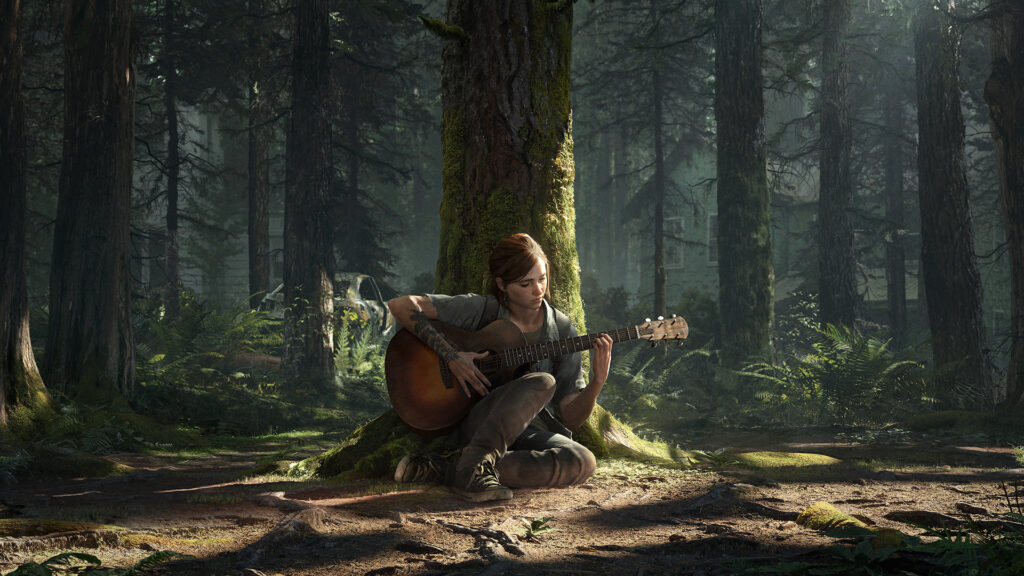
The game is split right down the middle. There’s the opening Jackson section, Ellie’s three days in Seattle, then Abby’s three days in Seattle, and finally the closing farm and Santa Barbara section. The obvious choice is, if the show is taking two seasons to tell this story, the break occurring at the end of Ellie’s day three, with the beginning of the confrontation at the theatre. Then the third season flashes us back to cover Abby’s three days before catching us up to the fight at the theatre later in the season, and returning focus to Ellie for the final episode or two. This is the obvious choice and at the moment I’m thinking it’s the right one. I really like the bold perspective shift halfway through the story, experiencing the same three days from the point-of-view of the character Ellie’s been hunting, and I think the whole story works best with that structure rather than intercutting their stories and ending the second season midway through their respective day twos.
It’s a big ask for an audience to spend the second season stewing in hate for Abby only to then follow her for a third season with Ellie not appearing for many of the episodes. But that’s what’s so great about the game. You are emotionally tied to Ellie, feel her pain and anger, share her desire for revenge, but then the rug is pulled out from under you in the second half. It offers a complete re-evaluation of everything that has happened, the red mist fades, and instead you start to empathise with Abby. She’s acting much more heroic than the person we thought was the hero. It all becomes much more complex, everyone is humanised, and the cycle of violence becomes clear. That turn is so important and I don’t think it works as well if the stories are intercut. That would mean we realise Abby’s motivation too early, while Ellie is still on the rampage, the story playing its hand too early. The investment in the story is gone if we want Ellie to stop too early and it becomes too emotionally repetitive. This way the eventual finale holds weight.
I love the final few hours of Part II. It messes with player agency so well. So well in fact I think it’s a story much better suited for a video game, where the player takes some responsibility for the character’s actions, pressing buttons to end lives, and I’m curious to see how it works in a less immersive format. Once we’ve experienced everything from Abby’s POV, we don’t want Ellie to continue on her path for revenge. Yet we are forced to press the buttons and push the stick, away from a life with Dina and towards a last fight with Abby. In the first half we were cheering her on and, if the story is told correctly, in the second we should be begging her to stop.
The audience makes a different choice to Ellie but they both, she and us, have to make a choice at the same time for it to be truly effective. If we intercut Ellie and Abby’s three no-good-very-bad days in Seattle then the audience makes the choice to stop while Ellie is still on the initial bloodlust and we are then unaligned for the whole story, making Ellie’s choice later much less painful because we have already reconciled everything. The decision to either stick with the game’s structure or rearrange the fundamentals of the how the story is told comes down to one element: when the writers want the audience’s emotional path to diverge from Ellie’s.
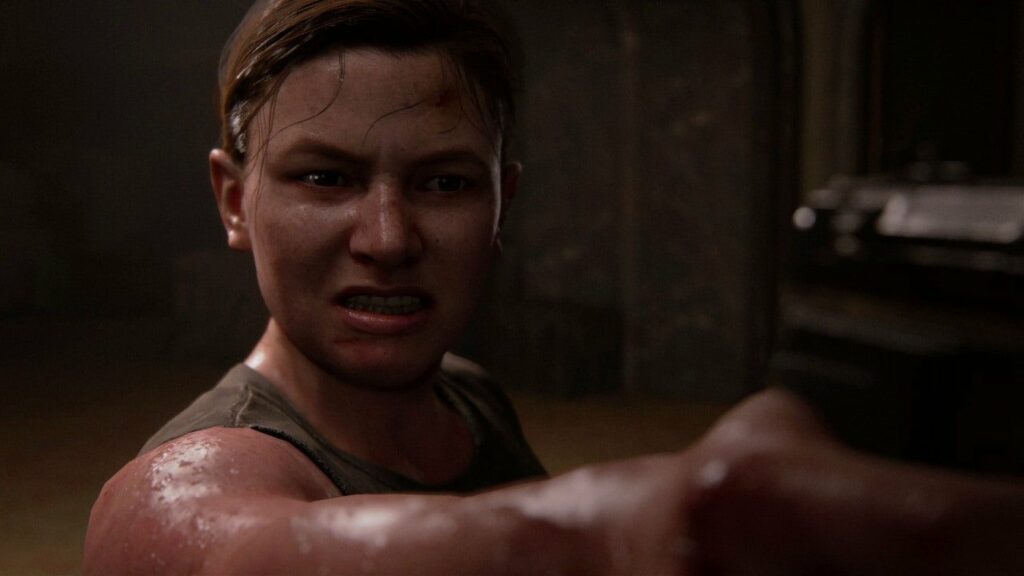
I think intercutting also makes the parallels between the two characters and stories too on the nose if shown at the same time. We see how similar Ellie and Abby’s lives are, understand their comparable circumstances, with enough subtlety in the game. But if we cut straight from Ellie exploring the museum to Abby exploring the aquarium it becomes too obvious and you begin feeling the hand of the writer too much. Here’s Dina, the pregnant woman involved in a love triangle and here’s Mel, the other pregnant woman involved in a love triangle. Let’s take a walk through Jackson and now let’s take a walk through the stadium. The seasons can parallel each other, a George Lucas rhyme, two sides of the same state quarter that Abby collects, but not two halves of the same episode; it’s too much.
But keeping the game’s structure would lead to challenges when split across two different seasons of television. The game is all one story, Ellie’s third day ends and Abby’s first immediately begins. A few hours later and the player is back in that theatre, ready to continue on. The game’s first half is a revenge story. There’s certainly depth to the storytelling but, in my eyes, it’s the game’s second half that unlocks the entire experience and turns it into something more. That’s where the context and nuance intentionally enter. That’s okay for the second half of the same game but can that wait two years until the third season airs to change our perspective on the second? As much as the game needs the episode count of two HBO seasons, that split may hurt the story and could be enough to force the writers to alter the key structure of how the story is told.
Joel’s death came with almighty controversy, perhaps the worst possible gaming death to leak was the one that leaked before the game released, and it should be painful. The uproar and outrage is the point, it links the player’s emotional state to that of Ellie, only to hopefully have them separate as the story continues to unfold and more context is revealed. But at the start of the second season, it needs to hurt all over again. Therefore, I want to show, like the game, to keep Joel’s appearances to a minimum. No extra scenes or contractual appearances in every episode. Very little of him early on and then the well-placed flashbacks as the season progresses: the museum, the confrontation at the hotel, and then the hospital. And then we shouldn’t see him again until the brief flashback scenes at the end of season 3. Hopefully viewers of television are more inclined to understand the dramatic reasons behind the storytelling choices of Joel’s role than gamers, but I’m sure there’ll be backlash and internet discourse. Let’s just protect Abby’s actress Kaitlyn Dever at all costs.
And, speaking of the end of the third season, I would love to spend a whole episode at the farm with Ellie and Dina. After the huge action and emotional scenes just prior, with the invasion of Haven and the theatre fight (perhaps the most intense thing I’ve ever played) I want a calm between the storms penultimate episode before Ellie leaves for Santa Barbara. A big, slow Terrence Malick-style episode that really explores Ellie’s mindset to make the choice appropriately weighty. That feeling gnawing away at her and causing her to reject this paradise she finds herself in.
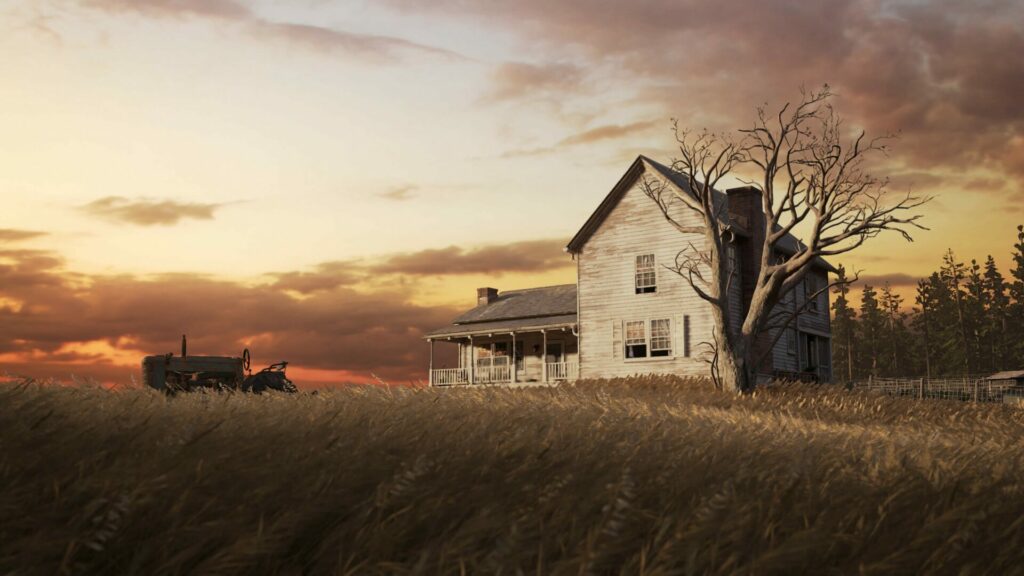
If the structure of the game is maintained, I’m not expecting to see Lev or Yara in the second season. It would be too early. The same with Issac; I hope they get Jeffrey Wright to reprise the role but that can wait until the third season. Catherine O’Hara has been cast in the upcoming season, which is fascinating. She could be a new character, perhaps at Jackson, or, as most of the Internet is already convinced, the prophet of the Seraphites.
The Seraphites – or Scars – are an element of the game that borders on silly but just about works. They feel more The Walking Dead than The Last of Us. But a show is the perfect place to flesh out the cult and have them make more realistic sense. I’m expecting the second season to have diversions like the first so perhaps there’s a flashback episode about her and her cause. Or maybe its just her image plastered everywhere like the game. Each episode has to play into the theme of season, like Bill and Frank’s did in the first season, and an episode about the Seraphites would fit nicely. The cult is at war with the WLF, a constant battle, vengeance on top of vengeance, the cycle of violence, reflecting Ellie and Abby’s conflict.
Replaying The Last of Us Part II via its new remastered version I was reminded not only of how great a game it is but just how expansive and challenging it is. Not so much challenging in difficulty (I play on ‘light’ and restart the checkpoint whenever I miss a headshot) but challenging as a story to its playerbase. And now, an almighty challenge for Craig Mazin and HBO to adapt into multiple seasons of television that work both as their own seasons and together as one story, and also to gamers and new watchers, too.
And the biggest issue: the outbreak happened in 2003 in the show so Joel can’t sing Future Days like he does in the game!




